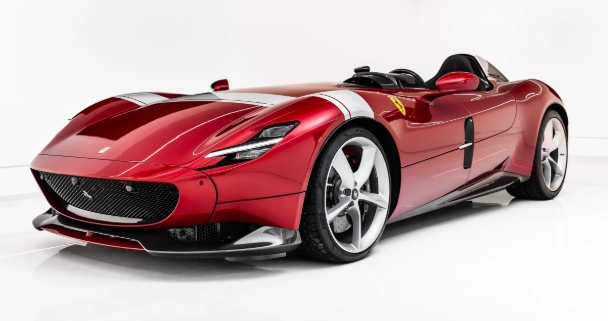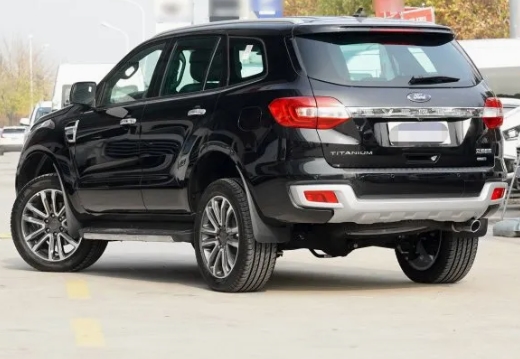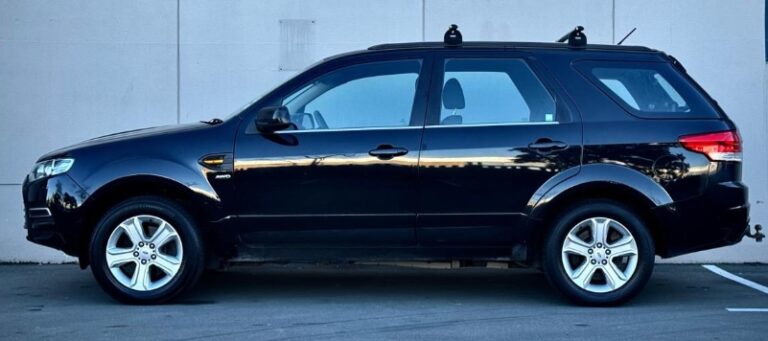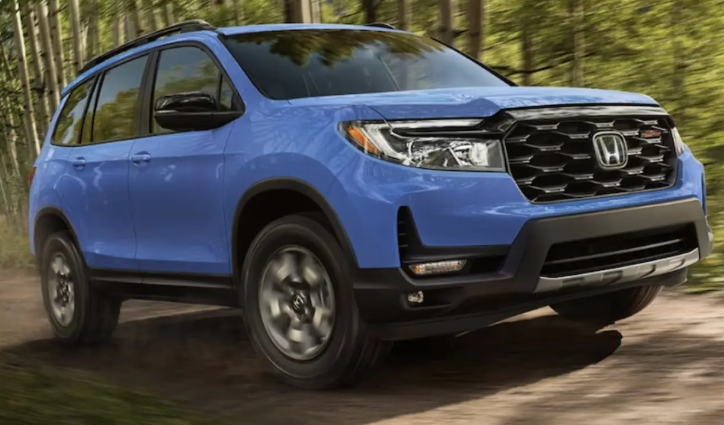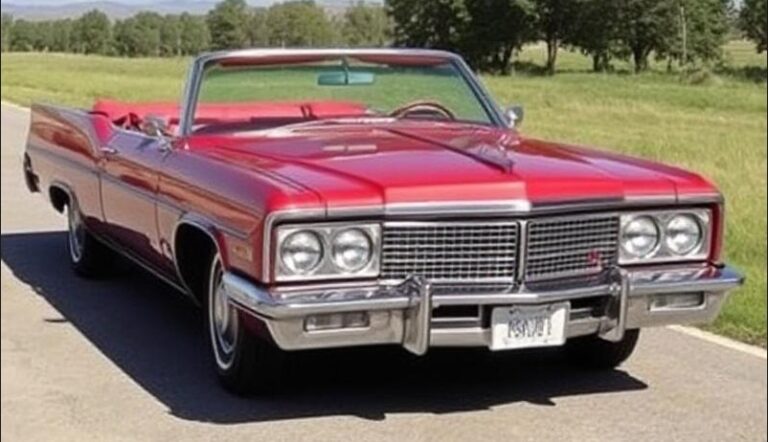The Evolution of Ferrari Monza (750, 860, SP1, SP2)
Of all the evocative names in Ferrari’s storied lexicon—Testarossa, Daytona, Maranello—few resonate with the same raw, visceral purity as Monza. It is not just the name of Italy’s legendary Temple of Speed; it is a nameplate that, across two distinct and glorious eras, has come to represent the most elemental, uncompromising expression of the Prancing Horse. The Ferrari Monza is not a single, continuous model line but rather a spiritual concept, a bloodline connecting the brutal, wind-in-your-face sports-racers of the 1950s with the hyper-exclusive, technologically advanced collector’s pieces of the 21st century. This is the evolution of an icon.
Part I: The Golden Age Racers (1954-1956)
To understand the first Monza, one must understand the crucible of 1950s motorsport. This was an era of breathtaking danger and heroic engineering. Races like the Mille Miglia and the Targa Florio were contested on public roads by thinly-disguised prototypes. Aerodynamics were nascent, driver safety was an afterthought, and victory was forged through raw power, sublime handling, and sheer nerve. In this environment, Ferrari built its reputation.
While Enzo Ferrari’s V12 engines were already legendary, his chief engineer Aurelio Lampredi championed the development of a large-displacement inline-four-cylinder engine. The rationale was sound: for the tortuous and technical circuits of the day, the four-cylinder offered superior low-end torque, was lighter than a V12, and had a lower center of gravity, translating to more agile handling. It was this robust engine that would power the first cars to bear the Monza name.
The 750 Monza (1954-1955)
The story of the Monza begins in 1954 with the introduction of the 750 Monza. It was purpose-built to dominate the 3.0-litre class in the World Sportscar Championship.
Years Produced: 1954-1955
Models/Trim Levels: The concept of “trim levels” didn’t exist for these bespoke racers. Each of the roughly 30 examples built was unique, with bodywork primarily crafted by Carrozzeria Scaglietti, and a few earlier examples by PininFarina. The defining characteristic was its “barchetta” (little boat) body style—an open-topped, two-seater design with sweeping fenders, a low-cut door, and often just a tiny Perspex windscreen to deflect the worst of the wind.
The heart of the 750 Monza was Lampredi’s 3.0-litre (2,999cc) Type 750 inline-four engine, producing a formidable 260 horsepower. Mated to a five-speed transaxle for optimal weight distribution, the car was a weapon in the right hands. Its chassis was a traditional tubular steel frame, clothed in a lightweight aluminum body that was both functional and breathtakingly beautiful.
The 750 Monza was an immediate success. In its debut year, it secured a one-two finish at the Tourist Trophy at Dundrod, with drivers Mike Hawthorn and Maurice Trintignant cementing its competitive credentials. Its name was a direct homage to a victory at the Monza circuit in 1954, and thus the legend was born. It was a raw, unfiltered machine that demanded total commitment from its driver, offering an intimate connection between man, machine, and the road.
.

.
The 860 Monza (1956)
By 1956, the competition had intensified, most notably from the magnificent Mercedes-Benz 300 SLR. Ferrari needed more power to secure the World Sportscar Championship. The answer was an evolution of the 750: the 860 Monza.
Years Produced: 1956
Models/Trim Levels: Like its predecessor, the 860 Monza was a pure competition car with no distinct trims. Only a handful were ever built, each tailored for the rigors of endurance racing.
The primary evolution was in the engine bay. Lampredi enlarged the inline-four to 3.4 litres (3,432cc), increasing power to a potent 280 horsepower. This engine, designated the Type 129, provided immense torque, making it ideal for accelerating out of the slow corners found on many circuits of the era. The chassis and Scaglietti-penned bodywork were refined but retained the signature barchetta form of the 750, now appearing even more muscular and purposeful with its prominent side-exit exhaust.
The 860 Monza’s crowning achievement came at the 1956 12 Hours of Sebring. In a display of dominance, the pairing of Juan Manuel Fangio and Eugenio Castellotti drove their 860 Monza to an outright victory. This, combined with other strong results throughout the season, was instrumental in securing the 1956 World Sportscar Championship for Ferrari.
The 860 Monza was the ultimate expression of the Lampredi four-cylinder racer—a powerful, reliable, and victorious bruiser that solidified the Monza name in motorsport history.
After 1956, the Monza nameplate went dormant. Ferrari’s focus shifted towards its ever-more-powerful V12 engines and the dawn of the mid-engine era. For over six decades, the name Monza remained a hallowed memory, a ghost of a golden age of racing.
Part II: The Icona Rebirth (2019-Present)
In 2018, Ferrari revived the Monza name in the most spectacular way possible. It was chosen to launch the “Icona” (Icon) series, a new program dedicated to creating strictly limited-edition cars for the brand’s most valued clients. The Icona concept was to take inspiration from the most evocative Ferraris of the past and reinterpret them using the company’s most advanced modern technology. The first Icons would be a direct homage to the open-topped barchettas of the 1950s: the Monza SP1 and Monza SP2.
Unveiled at a private event in Maranello, the new Monzas were a breathtaking statement. Based on the chassis and running gear of the formidable 812 Superfast, they represented a philosophical return to the principles of the original Monzas: maximum driver engagement, an unfiltered connection to the elements, and an absolute focus on performance.
The Monza SP1 and SP2 (2019 – circa 2022)
Years Produced: Production began in 2019, with the limited run concluding around 2022.
Models/Trim Levels: The modern Monza was offered in two distinct configurations, which function as its model designations or “trims.”
Monza SP1: The “monoposto,” or single-seater. This is arguably the purest expression of the modern Monza concept. The passenger side is completely faired over with a carbon fiber tonneau cover, creating a seamless, sculptural form that cocoons the driver in their own dedicated cockpit. The design prioritizes the solitary driving experience above all else, making the driver the singular focal point of the car. It is an exercise in stylistic purity and focused intent.
Monza SP2: The “biposto,” or two-seater. The SP2 allows a passenger to share the exhilarating experience. It features a second seat, a second small windscreen, and a second fixed roll-hoop structure behind the headrest. While it sacrifices the absolute singularity of the SP1’s design, it retains the core barchetta ethos, offering a uniquely intense, shared adventure.
Both the SP1 and SP2 share the same mechanical soul. The engine is a derivative of the 812 Superfast’s masterpiece: a 6.5-litre, naturally aspirated V12, tuned to produce a colossal 810 horsepower and 719 Nm of torque. This makes it one of the most powerful naturally aspirated engines ever fitted to a production Ferrari road car. The performance is astonishing: 0-100 km/h (0-62 mph) in just 2.9 seconds and a top speed in excess of 300 km/h (186 mph).
The entire body is crafted from carbon fiber to keep weight to a minimum. But the most significant innovation is the lack of a traditional windscreen. To make such a car manageable at speed, Ferrari patented a “Virtual Wind Shield.” This ingenious aerodynamic solution is integrated into the fairing ahead of the instrument cluster. It captures a portion of the airflow and directs it vertically, creating a bubble of relatively calm air over the driver, deflecting the high-speed wind away from their face.
Production was strictly limited to a total of 499 units across both SP1 and SP2 models, offered exclusively to pre-qualified Ferrari collectors. The ownership experience was as bespoke as the car itself, with Ferrari collaborating with luxury brands Loro Piana and Berluti to create a line of dedicated driving apparel, including helmets, gloves, and racing overalls, perfectly complementing the car’s retro-futuristic aesthetic.
Conclusion: A Shared Spirit
The evolution of the Ferrari Monza is a tale of two distinct eras linked by a single, unwavering philosophy. The 750 and 860 Monza of the 1950s were tools forged for a singular purpose: victory. They were raw, mechanically honest machines that traded comfort for speed and sacrificed everything for performance on the track. Their beauty was a consequence of their function.
The Monza SP1 and SP2 of the 21st century are tributes. They are not built to win championships but to celebrate the legacy of their ancestors and to provide an experience that is impossible to find in any other modern car. They use cutting-edge technology not to isolate the driver, but to expose them to the elements in a controlled, exhilarating way. They are functional sculptures, automotive art that can be driven with ferocious intensity.
From the roaring inline-fours tearing down the Sicilian countryside to the shrieking V12s carving through alpine passes, the Monza name has always stood for Ferrari at its most extreme and its most pure. It is the unadulterated essence of the Prancing Horse—a timeless connection to speed, sound, and the sheer, unbridled joy of driving.
